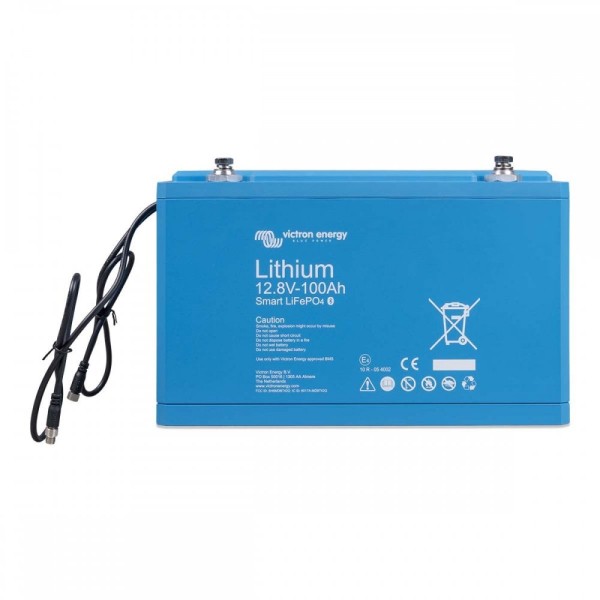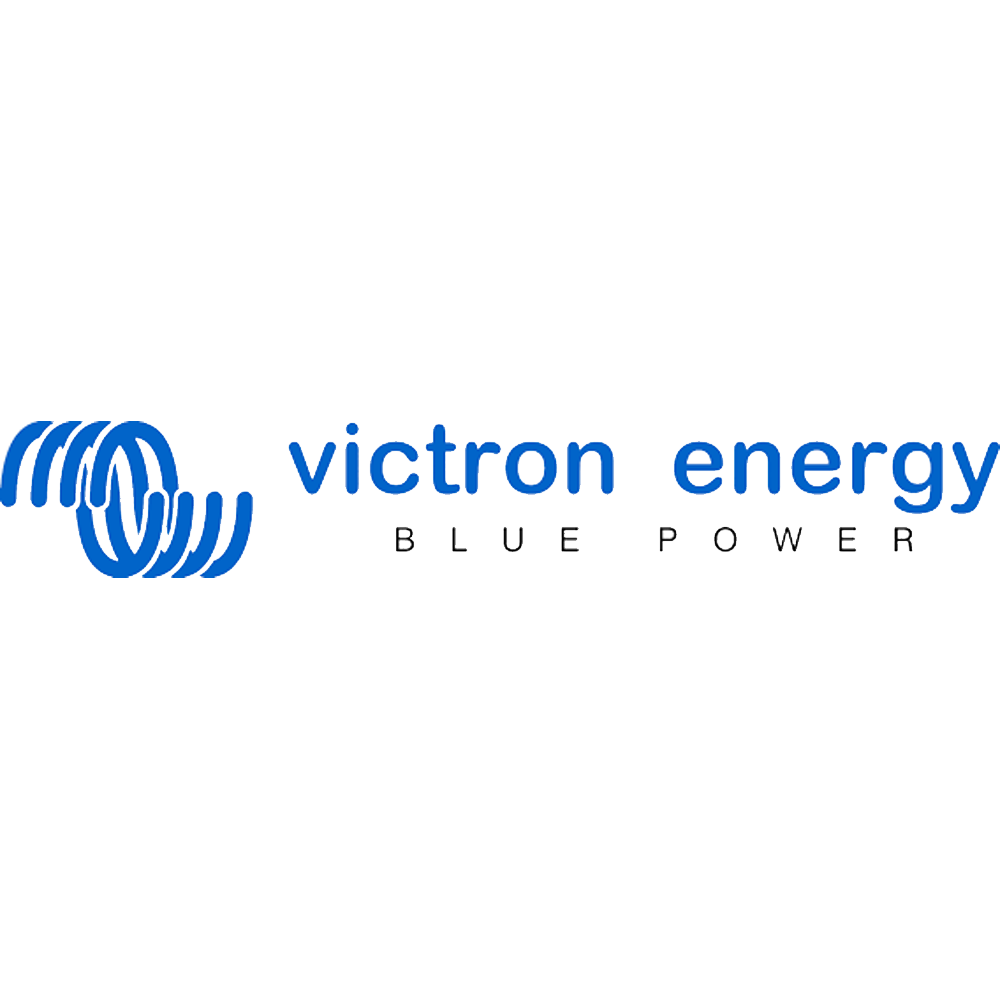Victron Energy LiFePO4 Battery 12,8V/100Ah Smart BAT512110610
Prices incl. VAT. Delivery information
![]() - "Delivered on time, kept me updated on progress. Price was competitive."
- "Delivered on time, kept me updated on progress. Price was competitive."






- Item no: 69492
- Weight: 14,00 kg
Why buy from us
- Hassle-free Returns within 30 Days
- Next Working Day delivery available*
- Need expert advice? Call 0333 242 3233
Victron LiFePO4 Battery 12,8V/100Ah Smart (BAT512110610)
– With integrated cell balancing
– Can be parallel and series connected
– Bluetooth app available to monitor cell voltage and temperature
Why lithium-iron-phosphate?
Victron LiFePO4 Battery 12,8V/100Ah Smart. Lithium-iron-phosphate (LiFePO4 or LFP) is the safest of the mainstream li-ion battery types. The nominal voltage of a LFP cell is 3,2V (lead-acid: 2V/cell). A 12,8V LFP battery therefore consists of 4 cells connected in series; and a 25,6V battery consists of 8 cells connected in series.
Rugged
A lead-acid battery will fail prematurely due to sulfation:
– If it operates in deficit mode during long periods of time (i.e. if the battery is rarely, or never at all, fully charged)
– If it is left partially charged or worse, fully discharged (yacht or mobile home during wintertime)
A LFP battery does not need to be fully charged. Service life even slightly improves in case of partial charge instead of a full charge. This is a major advantage of LFP compared to lead-acid. Other advantages are the wide operating temperature range, excellent cycling performance, low internal resistance and high efficiency (see below). LFP is therefore the chemistry of choice for very demanding applications.
Efficient
In several applications (especially off-grid solar and/or wind), energy efficiency can be of crucial importance. The round trip energy efficiency (discharge from 100% to 0% and back to 100% charged) of the average lead acid battery is 80%. The round trip energy efficiency of a LFP battery is 92%. The charge process of lead-acid batteries becomes particularly inefficient when the 80% state of charge has been reached, resulting in efficiencies of 50% or even less in solar systems where several days of reserve energy is required (battery operating in 70% to 100% charged state). In contrast, a LFP battery will still achieve 90% efficiency under shallow discharge conditions. Size and weight Saves up to 70% in space Saves up to 70% in weight Expensive? LFP batteries are expensive when compared to lead-acid. But in demanding applications, the high initial cost will be more than compensated by longer service life, superior reliability and excellent efficiency.
Bluetooth
With Bluetooth cell voltages, temperature and alarm status can be monitored. Very useful to localise a (potential) problem, such as cell imbalance.
















